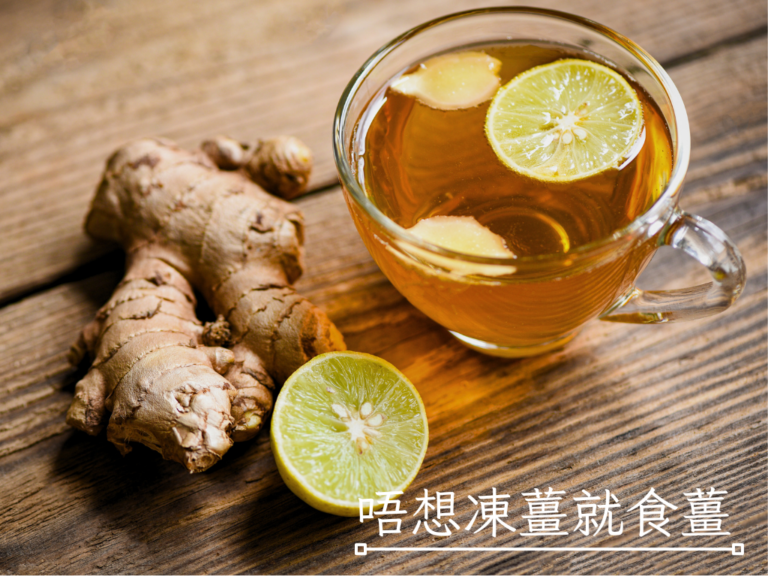Your basket is currently empty!
In recent years, as Hong Kong residents increasingly prioritize healthy living and seek more natural, additive-free dietary options, there has been a growing trend towards consuming organic foods. Many companies are promoting their products as organic in an attempt to attract consumer attention. However, organic products typically come at a higher price compared to non-organic products, leading many consumers to question: Are organic foods truly always healthier? Today, let's delve into what organic products are and explore their true value.
According to the definition by the Centre for Food Safety of the Department of Health, organic food generally refers to food produced, processed, and sold using organic methods, such as avoiding the use of synthetic pesticides, chemical fertilizers, antibiotics, growth hormones, non-organic food additives, as well as genetically modified organisms and irradiation technologies (a technique used to kill bacteria). Common organic foods include not only fruits, vegetables, and grains like rice but also items like cheese, honey, and processed products such as bread, cornflakes, and cereal products.
Are organic foods really safer and healthier?
Organic foods avoid the use of synthetic compounds from production to processing, leading many consumers to believe that consuming organic foods can effectively reduce the potential impact of these compounds on health. In theory, this practice helps reduce the burden of chemical residues on the body. However, like conventional foods, organic foods are not without risks and may still face food safety issues. For instance, a brand of organic oat bars in the United States had to be recalled due to Salmonella contamination, reminding us that even touted healthy organic choices need to be handled with caution.

Some argue that the production process of organic foods may be more susceptible to microbial contamination because the absence of pesticides and chemical additives may make crops more vulnerable to diseases and pollution during growth. However, there is currently insufficient scientific evidence to suggest that the safety of organic foods is inferior to that of traditional non-organic foods. On the contrary, many studies indicate that organic foods may have higher nutritional value and antioxidant content in certain aspects. Therefore, when selecting organic foods, consumers should pay attention to their sources and processing methods to ensure food safety.
Furthermore, due to the absence of pesticides and other chemical substances in organic crops, their shelf life is typically shorter, making them more prone to spoilage. This means that consumers should pay special attention to the freshness of organic products when purchasing them and ideally consume them soon after purchase to avoid any health risks due to expiration or spoilage. Proper storage and handling are also crucial for maintaining the safety of organic foods, and consumers should follow appropriate storage guidelines to ensure optimal consumption.

The Food and Environmental Hygiene Department (FEHD) of Hong Kong defines organic food as food produced, processed, handled, and marketed in accordance with organic standards and certified by certification bodies or authoritative organizations in the source country. Organic foods generally cost about 20% more than non-organic options, but excluding meat, the price difference is typically around 10%.
The main reasons for the higher prices include:
- Production Costs:
- Organic agriculture typically involves higher labor and management costs. Since chemical pesticides and fertilizers are not used, farmers need to employ more traditional and labor-intensive methods to control pests and promote crop growth.
- Practices in cultivation include avoiding chemical pesticides and fertilizers, emphasizing crop rotation, using organic fertilizers, manual weeding, and biological pest control.
- In animal farming, practices involve avoiding antibiotics, growth hormones, and other animal feed additives.
as well as refraining from genetically modified organisms and ionizing radiation.
- Organic agriculture typically involves higher labor and management costs. Since chemical pesticides and fertilizers are not used, farmers need to employ more traditional and labor-intensive methods to control pests and promote crop growth.
- Certification Costs:
- Obtaining organic certification incurs related fees, including inspection and audit costs, which ultimately get passed on to consumers.
- Low Yield:
- Organic crops often yield lower compared to conventional crops due to limitations imposed by ecological conditions and cultivation techniques, resulting in increased costs per unit.
- Supply Chain Constraints:
- The supply chain for organic products is more complex, requiring special storage and transportation conditions to prevent contamination, which also adds to the costs.
- Market Demand:
- With the growing awareness of health among people, the increasing demand for organic products can also drive up prices due to shifts in supply and demand dynamics.
If you are looking to eat healthier, I suggest starting with dairy products as the differences are minimal compared to mainstream brands.
Numerous studies indicate that organic foods generally have lower levels of toxicity, heavy metals, and pesticide residues. A comprehensive study published inthe British Journal of Nutritionfound that organic agricultural products have an average of about17%higher antioxidant content, which helps resist free radicals and is highly beneficial for health. Additionally, research shows that pesticide residues in organic foods are significantly lower than in conventional foods, with some reports indicating pesticide residue levels in organic vegetables can be lower non-organic foods -30%.
Regarding heavy metals, research in the journal Environmental Health Perspectives suggests that the soil management practices in organic agriculture can effectively reduce the absorption of heavy metals, thereby lowering the heavy metal content in agricultural products.
Furthermore, organic meats, eggs, and dairy products often contain higher levels of Omega-3 unsaturated fatty acids. This is because animals raised organically are typically fed natural diets rich in Omega-3 fatty acids. One study showed that organic beef can have over 50% more Omega-3 fatty acids compared to conventional beef, and the Omega-3 content in organic eggs is also significantly higher than in non-organic eggs.
These data demonstrate that organic foods indeed have advantages in certain nutritional aspects and safety, but consumers should still consider the source and handling of the food when making choices to ensure optimal health benefits. Ultimately, the decision to choose organic foods is based not only on price but also on long-term considerations for health and the environment. Refer to the Hong Kong Organic Resource Centre for obtaining global certification labels and screened shopping platforms.

We also sell organic products.Try organic snacks by placing an order here..







